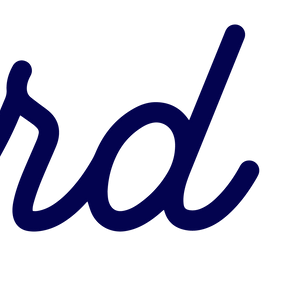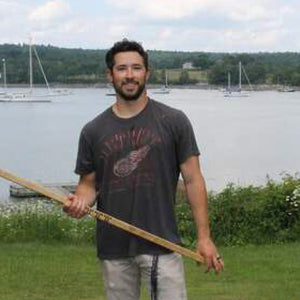We've just reached the one year anniversary of the first batch of Third Assist hockey sticks so we thought it'd be fun to share everything we've learned since we started exploring the DIY hockey stick idea. Sticks have come a long way in the last century and now we sit in a climate with two types of sticks: composite and wood. Composites are understandably taking the lead in the competitive game, but there's still a strong following of wood hockey stick connoisseurs. We count ourselves part of the latter group and we've always wanted to know how they're made and how we can make them for ourselves.

- If staining, we recommend conditioning the stick first to provide an even coat and pull out the unique grain found in each stick. This is done using a wood conditioner you can find at a local hardware store. This is recommended for a more uniform stain, but not required.
- If painting, we recommend a primer coat first, but this is not required.

- With a stained stick, we apply polyurethane before we apply our stencil designs in order for the stencil to cure to the pores in the wood. If we did not, the stencils may not be received as well with oil based stains.
- With a painted stick you can paint your designs over your base layers and let it dry.
Once you have applied your customization or unique design, it is vital to protect the stick.
- For a stained stick, we apply a couple coats of marine grade oil-based varnish for a thicker, cleaner protective finish. This takes the abuse any outdoor hockey has been able to provide thus far.
- For painted sticks you can choose to varnish, or simply use polyurethane. We recommend a few coats to protect your hard work.

And there you go. There are the steps for completing you own wood hockey stick. Each stick takes us about one week of time between prep and finish, but it can be done much quicker depending on the complexity of your design (much of our time is consumed in the care of the stencil and curing into the wood pores).
We hope you learned something today and we provided a valuable resource in designing your own custom stick in the future!






